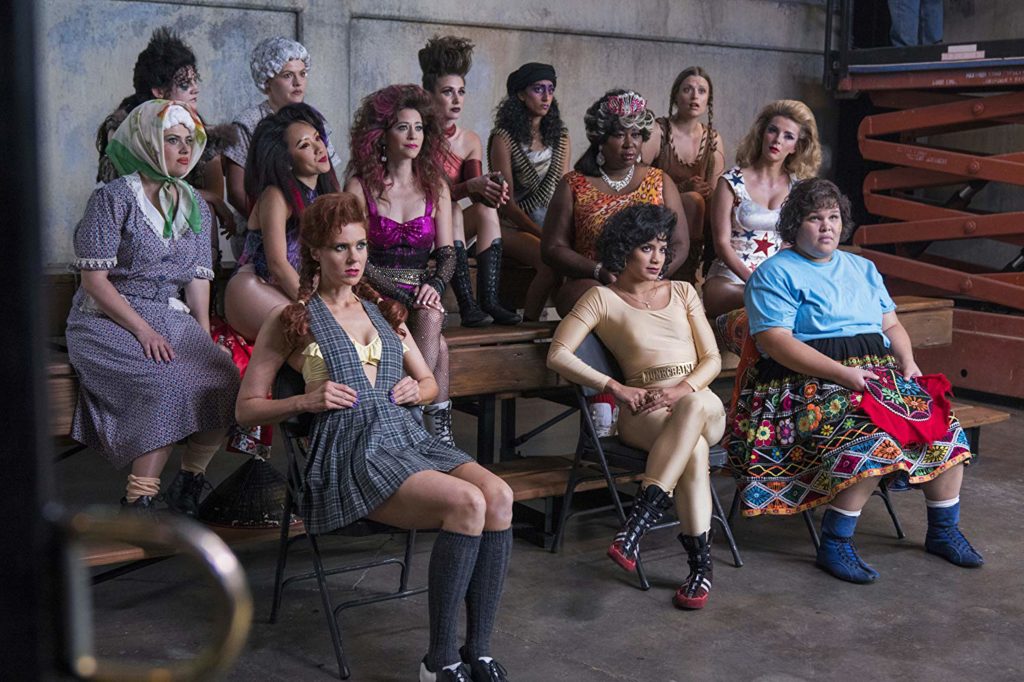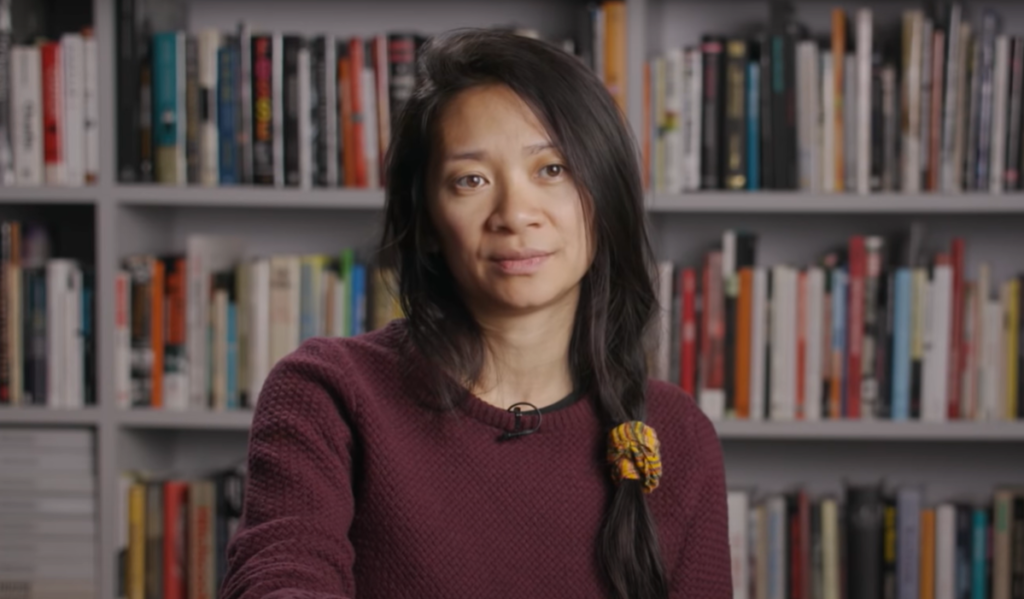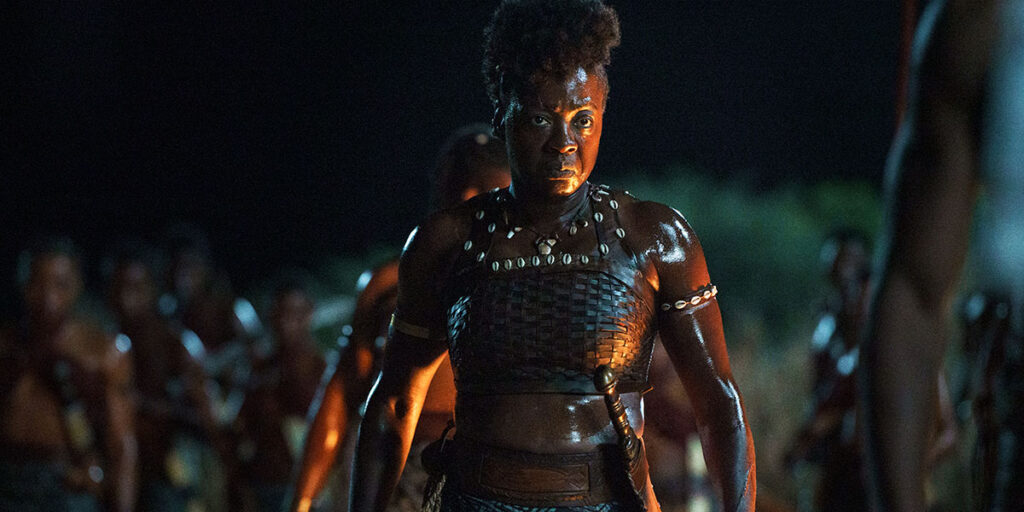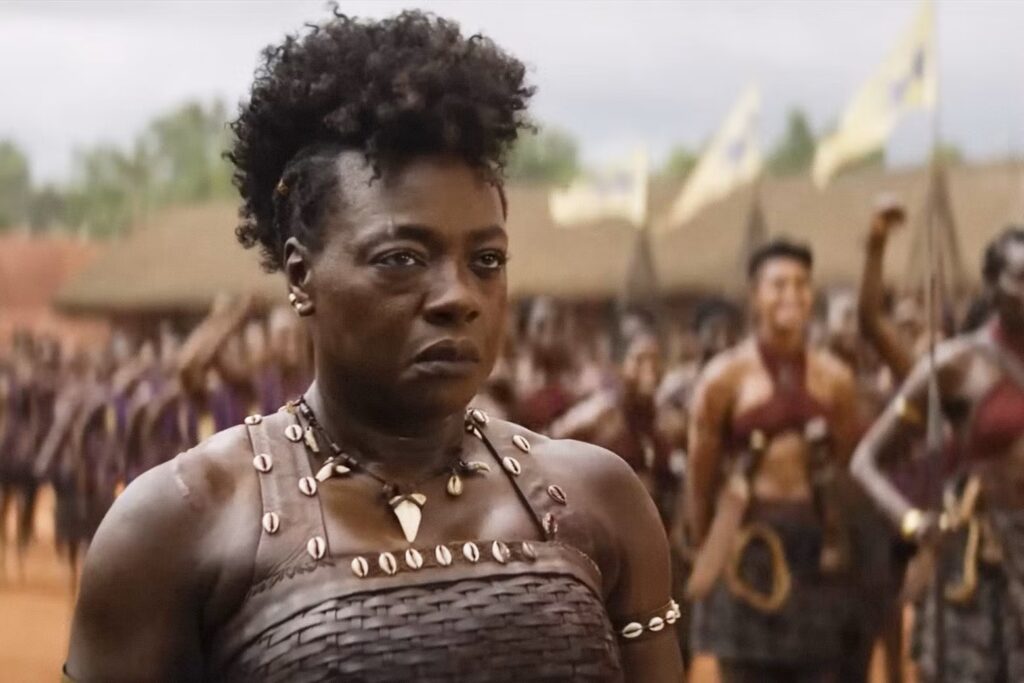UCLA’s College of Social Sciences has released its latest Diversity Report. Once again, the study reveals women and people of color are making strides on both sides of the camera, but overall, remain dramatically underrepresented. In other words, progress has been steady but far too slow.
Written by Dr. Darnell Hunt, Dr. Ana-Christina Ramón, and Michael Tran, the 2019 Diversity Report analyzed gender and racial representation in the top-grossing 200 films of 2017 and the 1,316 broadcast, cable, and digital platform television series from the 2016-17 season.The study considered film and TV leads, directors, writers, creators, and other key Hollywood roles.
Overall, women made gains in seven of the 12 key positions considered, including films leads and film directors. Women held steady as digital scripted leads and broadcast scripted creators, but lost ground as films writers, cable scripted leads, and digital reality/other leads. While they comprise slightly more than half the population, women made up only 32.9 percent of film leads, 12.6 percent of film directors, and 12.6 percent of film writers. Only 22.2 percent of broadcast scripted creators in the 2016-17 season were women, and 22.7 percent of cable scripted and 34.8 percent of digital scripted creators. On the small screen, women represented 39.7 percent of broadcast scripted leads, 43.1 percent of cable scripted leads, 42.8 percent of digital scripted leads, 23 percent of broadcast reality/other leads, 28 percent cable reality/other leads, and 29 percent digital reality/other leads.
People of color made progress in eight key roles in the timeframe examined, such as films leads, broadcast scripted leads, and broadcast scripted creators. They held their ground as film directors, film writers, and digital scripted show creators, and only saw a loss as digital reality/other leads. While minorities were about 40 percent of the U.S. population in 2017, they accounted for only 19.8 percent of film leads, 12.6 percent of film directors, and 7.8 percent of film writers, the Diversity Report found. On TV, POC were 21.5 percent of broadcast scripted leads, 21.3 percent of cable scripted leads, 21.3 percent digital scripted leads, 28.4 percent of broadcast reality/other leads, 22.4 percent of cable reality/other leads, and 17.6 percent of digital reality/other leads. POC represented 9.4 percent of broadcast scripted creators, 11.2 percent of cable scripted creators, and 16.5 percent of digital scripted creators.
While POC remain underrepresented onscreen, the report concluded that projects with diverse casts are often the most successful. The highest median global box office receipts went to films with 31-40 percent minority casts. Median household ratings among white, black, and Asian-American audiences were highest for broadcast scripted series with casts that were 30 percent or more minority. For viewers 18-49 and Latinos, median ratings peaked for broadcast scripted shows with a 11-20 percent minority cast. The research stresses, yet again, that diversity sells.
Highlights from the 2019 Diversity Report are below. The full study can be found here.
Minorities
Despite notable gains for the group since the previous report (particularly in television), people of color remained underrepresented on every industry employment front in 2016-17:
- 2 to 1 among film leads (19.8 percent)
- 3 to 1 among film directors (12.6 percent)
- 5 to 1 among film writers (7.8 percent)
- Nearly 2 to 1 among broadcast scripted leads (21.5 percent)
- Nearly 2 to 1 among cable scripted leads (21.3 percent)
- Nearly 2 to 1 among digital scripted leads (21.3 percent)
- Less than 2 to 1 among broadcast reality and other leads (28.4 percent)
- Nearly 2 to 1 among cable reality and other leads (22.4 percent)
- Greater than 2 to 1 among digital reality and other leads (17.6 percent)
- Greater than 4 to 1 among the creators of broadcast scripted shows (9.4 percent)
- Greater than 3 to 1 among the creators of cable scripted shows (11.2 percent)
- Greater than 2 to 1 among the creators of digital scripted shows (16.5 percent)
Women
Constituting slightly more than half of the population, women remained underrepresented on every front in 2016-17:
- Less than 2 to 1 among film leads (32.9 percent)
- 4 to 1 among film directors (12.6 percent)
- 4 to 1 among film writers (12.6 percent)
- Less than proportionate representation among broadcast scripted leads (39.7 percent)
- Less than proportionate representation among cable scripted leads (43.1 percent)
- Less than proportionate representation among digital scripted leads (42.8 percent)
- Greater than 2 to 1 among broadcast reality and other leads (23 percent)
- Nearly 2 to 1 among cable reality and other leads (28 percent)
- Less than 2 to 1 among digital reality and other leads (29 percent)
- Greater than 2 to 1 among the creators of broadcast scripted shows (22.2 percent)
- Greater than 2 to 1 among the creators of cable scripted shows (22.7 percent)
- Less than 2 to 1 among the creators of digital scripted shows (34.8 percent)
Accolades
- In 2017, films with minority leads lost ground at the Oscars relative to those that featured White leads, while minority-directed films held their ground relative to those helmed by White directors.
- By contrast, films with women leads gained ground at the Oscars in 2017 relative to those with male leads, while those directed by women failed for the third year in a row to win a single Oscar.
- At the Emmys, broadcast scripted shows created by people of color gained ground relative to those pitched by White show creators, while broadcast scripted shows created by women failed to win a single Emmy.
- Meanwhile, after four seasons of not winning a single Emmy, a cable scripted show created by a person of color was a winner for 2016-17.
- But cable scripted shows created by women failed to win a single Emmy in 2016-17, marking the first time since 2011-12 that these shows were shut out at the awards.
The Bottom Line
- Films with casts that were from 31 percent to 40 percent minority enjoyed the highest median global box office receipts, while those with majority-minority casts posted the highest median return on investment. By contrast, films with the most racially and ethnically homogenous casts were the poorest performers.
- Minorities accounted for the majority of ticket sales for five of the top 10 films in 2017, as well as half of the ticket sales for a sixth top 10 film (ranked by global box office).
- Films with casts that were from 31 percent to 40 percent minority were released, on average, in the most international markets in 2017.
- Consistent with findings from the previous report, films with Black and Latino leads and majority-minority casts were released, on average, in the fewest international markets in 2017.
- Median household ratings among Whites, Blacks, and Asian Americans peaked during the 2016-17 season for broadcast scripted shows with casts that were greater than 30 percent minority. Meanwhile, for viewers 18-49 and Latino households, median ratings peaked for broadcast scripted shows with casts that were from 11 percent to 20 percent minority.
- Social media engagement peaked for broadcast scripted shows with casts that were from 21 percent to 30 percent minority in 2016-17.
- Consistent with findings from earlier reports in this series, median Black household ratings peaked for cable scripted shows with casts that were majority minority in 2016-17.
- For viewers 18-49, median ratings peaked in the cable scripted arena for shows with casts that were from 11 percent to 20 percent minority in 2016-17; for White households both the 11 percent to 20 percent minority and 31 percent to 40 percent intervals produced the highest median ratings.
- For Latino and Asian American households, median ratings in the cable scripted arena peaked for shows that were from 31 percent to 40 percent minority in 2016-17.
- Social media engagement peaked for cable scripted shows with majority-minority casts in 2016-17.
- Nine of the top 10 broadcast scripted shows among Black and Asian American households in 2016-17 featured casts that were at least 21 percent minority.
- Eight of the top 10 broadcast scripted shows among viewers 18-49 and among Latino households in 2016-17 featured casts that were at least 21 percent minority.
- Half of the top 10 broadcast scripted shows among White households in 2016-17 had casts that were at least 21 percent minority.
- Nine of the top 10 cable scripted shows among Black households in 2016-17 featured casts that were at least 21 percent minority.
- Among viewers 18-49, Latino households, and Asian American households, four of the top 10 cable scripted shows in 2016-17 featured casts that were at least 21 percent minority.
- Only two of the top 10 cable scripted shows among White households in 2016-17 had casts that were at least 21 percent minority.







